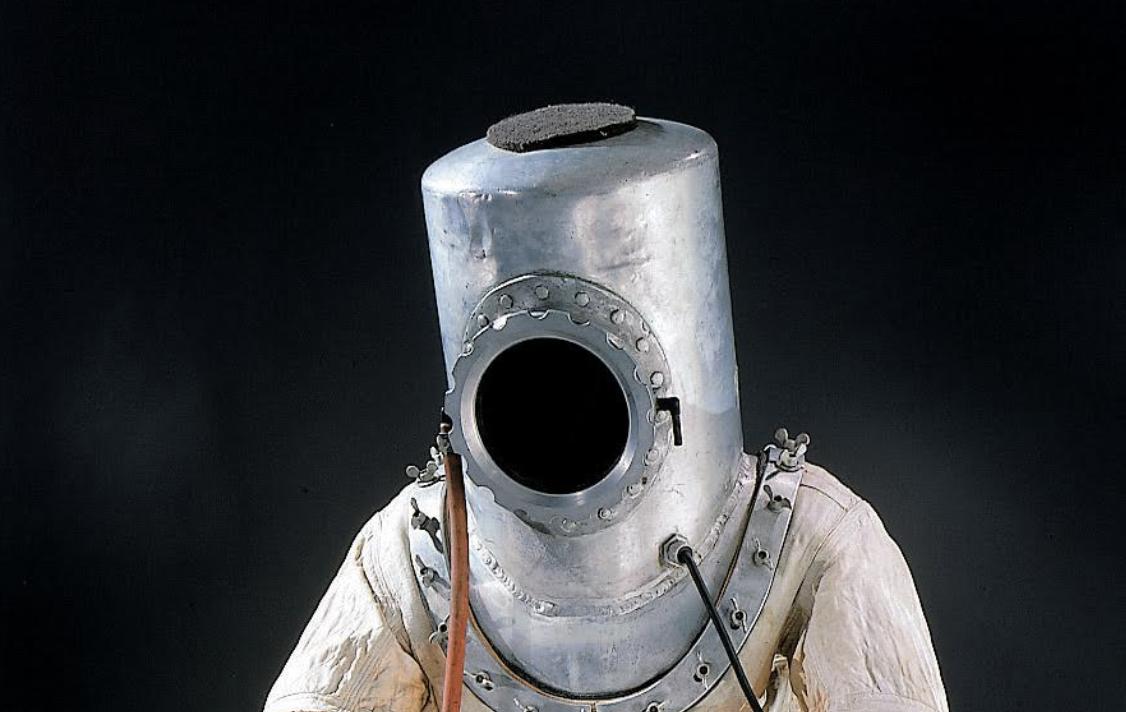 Fascinated by the Branson–Bezos space expeditions a few weeks back, I was curious to know whether at other civilians may have tested the limits of high altitude flying in past years.
Fascinated by the Branson–Bezos space expeditions a few weeks back, I was curious to know whether at other civilians may have tested the limits of high altitude flying in past years.
I found such a person, a youthful, rugged individualist who became famous for record-setting, long distance flying , speed and high-altitude experimentation.
His name was Wiley Post and, for a time in the 1920s and 1930s he was the toast of the country for his daring feats.
Photos from those days show a smiling, curly haired, Clark Gable- like figure with a patch over an eye that he lost while working as a roughneck in Oklahoma’s oil fields. He spent his insurance payment from that accident–$1,800 (about $28,000 today)–to buy his first airplane.
On June 23, 1931, Post and his navigator, Harold Gatty, left Long Island for a round-the-world flight that lasted 8 days, 15 hours, 51 minutes. They were flying in the Winnie Mae, a single engine, high-wing, Lockheed Model 5 C Vega. In 1933, Post, aided by the relatively new radio compass system and an autopilot device, flew around the world in the Winnie Mae again, this time a little faster and alone.
In 1934 Post designed the world’s first practical “pressure suit.” It allowed him to make an unofficial assent to 50,000 feet (about 9.5 miles) where he discovered the Jet Stream. His suit design is directly linked to the full pressure suits used on the X-15 research plane and manned space trips.
Wiley Post, at age 37, met an untimely death when the floatplane he was flying in Alaska crashed on August 15, 1935. His friend and companion, who also died that day, was the great American humorist, Will Rogers.
Ross Jones is a former vice president and secretary emeritus of The Johns Hopkins University. He joined the University in 1961 as assistant to President Milton S. Eisenhower. A 1953 Johns Hopkins graduate, he later earned a Master’s Degree at Columbia University’s Graduate School of Journalism.



Write a Letter to the Editor on this Article
We encourage readers to offer their point of view on this article by submitting the following form. Editing is sometimes necessary and is done at the discretion of the editorial staff.